Is there a possibility to access and set the state and props of an existing React component through the browser (from inside another script or through console)?
I know there is a way with Angular to access the scope and change variables, but with React I haven't been able to find a way.
I would assume there must be some way because the React Developer Tools extension from Facebook is able to get all the information (Props, State, Component, Event Listeners) from the React components on the page, with the possibility to change them.
If there is a possibility to do this through JavaScript, which would be the way to do it?

